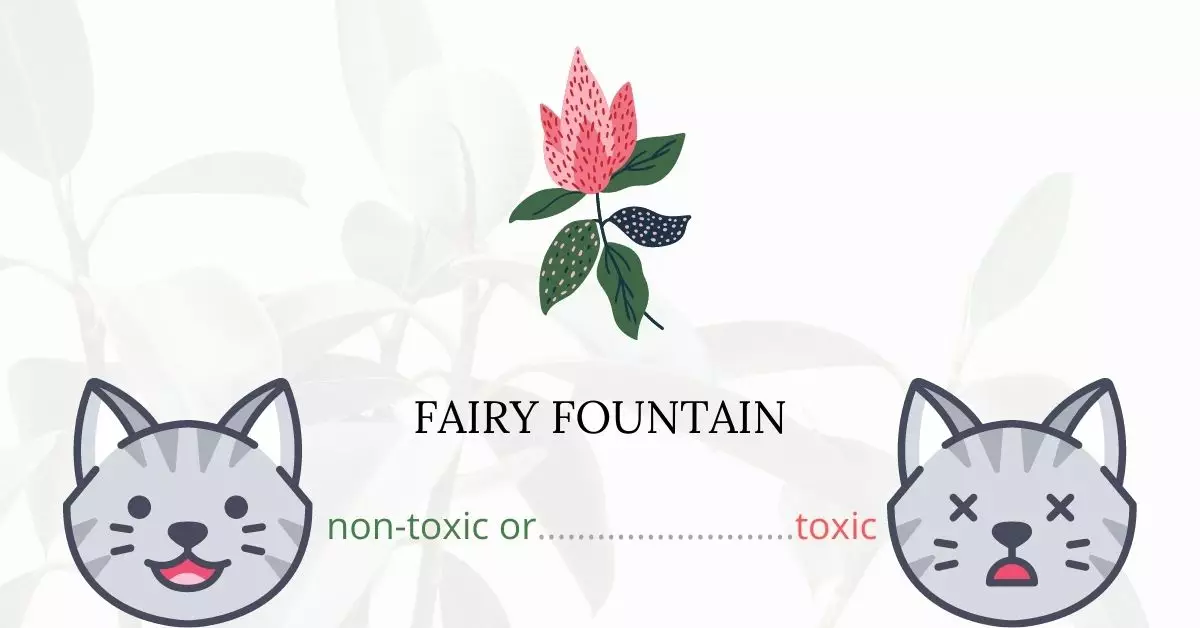The Fairy Fountain, also known as Woolflower, is not toxic for cats. It is considered safe to grow in environments where felines are present. That said, while the Fairy Fountain does not contain substances harmful to cats, it is advisable not to let them ingest excessive amounts.
This article was written in collaboration with a team of experienced DVMs (doctors of veterinary medicine). Their expertise ensures that we provide accurate and up-to-date information on the potential risks associated with various plants, specifically Fairy Fountain, and their effects on cats. Moreover, to guarantee the accuracy of our findings, we also consulted high-authority websites such as ASPCA and PetMD.
Continue reading to delve deeper into the relationship between the Fairy Fountain and our feline friends.
Can Cats Eat Fairy Fountain or Woolflower?
Since fairy fountain is safe for cats, you should not be alarmed if your cat nibbled or licked a portion of this plant. You need, however, to keep a watch on your feline buddies to avoid them from constantly consuming fairy fountains.
Aside from the possibility that your cat can damage the plant, eating too much of it will cause them indigestion. Generally speaking, plants are not really suitable for their regular diet.
Cats do not have the ability to completely process plant materials in their stomach because they are carnivorous animals.
Another factor why you should not let your cats eat every plant they see is because it may have chemical residues from products used on it such as fertilizers and pesticides. If your cat has eaten a portion of a plant with toxic chemical residues, it may result in poisoning.
What is Fairy Fountain or Woolflower?
A fairy fountain is a herbaceous annual that grows to a height of 0.6 to 1 m. It has ovate to lanceolate, fresh green leaves. Inflorescences are velvety, fan-shaped, or spherical and twisted.
The stunning blossoms may be utilized in floral arrangements as a cut or dried flowers. Indoors, it may be cultivated as a potted plant. The herb has medical qualities as well. The species epithet means silvery, as the flower base is silvery, and the variety name ‘cristata,’ which means crested, refers to the floral foldings and crests.
The fairy fountain is scientifically known as Celosia cristata. It is also known for its other common names Feathered Amaranth and Woolflower.
Keeping Cats Away From Fairy Fountain or Woolflower
To keep your cats away from your fairy fountain and other houseplants, you should train them to do so. By doing this, your can protect your cats from any possible effects of eating plants and also protect your plants from getting damaged.
You can also use organic deterrents to keep your feline companions away from your plants. Before using any product on your plants, always read the label.
You may also try other methods like using materials that cats dislike. For example, placing aluminum foil near your plants or wrapping it around your plant pots will discourage them to touch your plants because they detest its crinkly sound and smell.
Plants to Avoid For Your Cats
If you are a cat owner and unsure if the plants growing in your yard are harmful to your cats, check out this list of toxic plants for cats. You can also check our list of non-toxic plants for cats.





